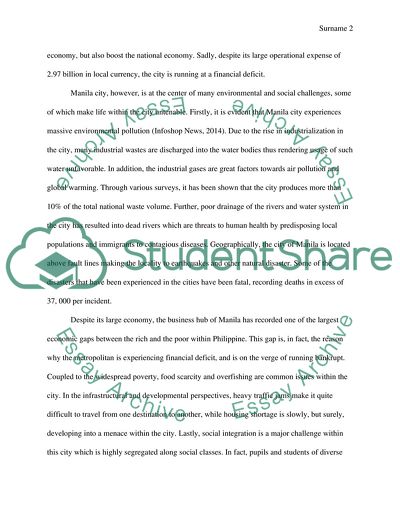Cite this document
(Investigation on Urban Planning in Manila in the Philippine Report Example | Topics and Well Written Essays - 1250 words, n.d.)
Investigation on Urban Planning in Manila in the Philippine Report Example | Topics and Well Written Essays - 1250 words. https://studentshare.org/social-science/1843351-conduct-a-research-on-urban-planning-in-manila-philippine
Investigation on Urban Planning in Manila in the Philippine Report Example | Topics and Well Written Essays - 1250 words. https://studentshare.org/social-science/1843351-conduct-a-research-on-urban-planning-in-manila-philippine
(Investigation on Urban Planning in Manila in the Philippine Report Example | Topics and Well Written Essays - 1250 Words)
Investigation on Urban Planning in Manila in the Philippine Report Example | Topics and Well Written Essays - 1250 Words. https://studentshare.org/social-science/1843351-conduct-a-research-on-urban-planning-in-manila-philippine.
Investigation on Urban Planning in Manila in the Philippine Report Example | Topics and Well Written Essays - 1250 Words. https://studentshare.org/social-science/1843351-conduct-a-research-on-urban-planning-in-manila-philippine.
“Investigation on Urban Planning in Manila in the Philippine Report Example | Topics and Well Written Essays - 1250 Words”. https://studentshare.org/social-science/1843351-conduct-a-research-on-urban-planning-in-manila-philippine.


